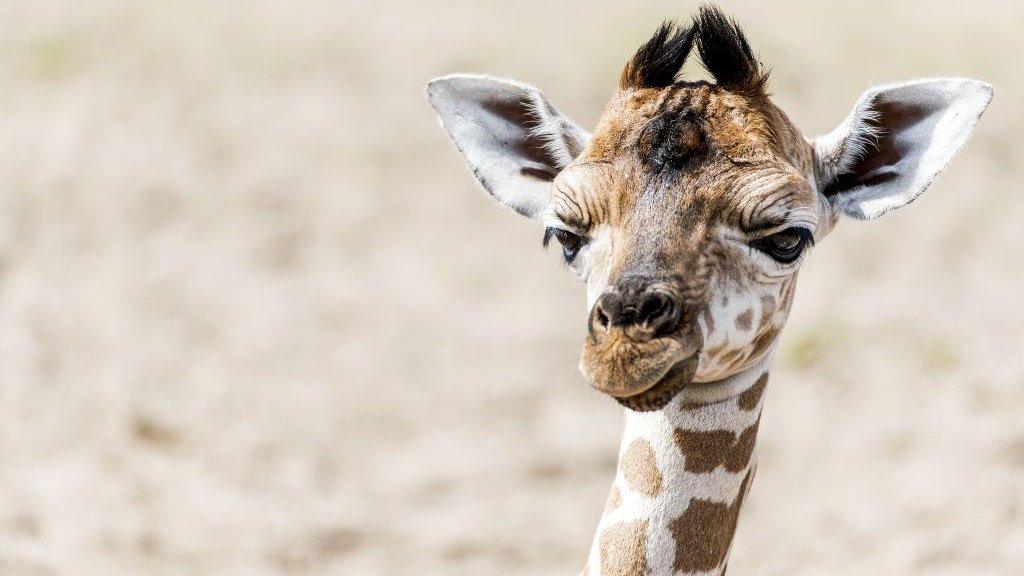Two new giraffes arrive at Edinburgh Zoo
- Published
- comments
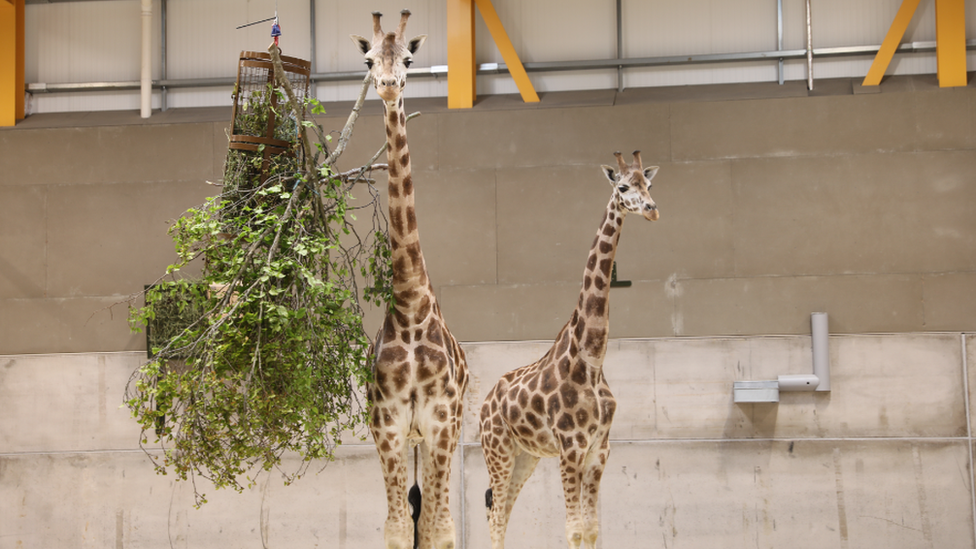
A very tall package was received at the Royal Zoological Society of Scotland's Edinburgh Zoo as two male giraffes arrived from Woburn Safari Park, Bedfordshire.
Ronnie and Arrow will have some of the best views in the city from their brand-new hilltop home.
The new giraffe house has been designed with high level walkways which means visitors will be able to come face-to-face with the giraffes.
Up to three more male giraffes will be arriving at Edinburgh Zoo in the coming weeks as part of the new project to bring giraffes back to the Scottish capital for the first time in more than 15 years.
Zookeepers want to give the newly-formed bachelor herd time to bond with each other and get used to their new home before the giraffe house officially opens to the public in mid-June.
But as giraffes are some of the tallest animals in the world, it is very likely visitors might even be able to spot them when they are exploring their outdoor areas before the zoo officially reopens.
How many species of giraffe are there?
Jonathan Appleyard from Edinburgh Zoo, said it was incredible to welcome giraffes back to Edinburgh Zoo.
He said: "Numbers of giraffes in the wild have declined by almost 30 percent since the 1980s due to habitat loss and poaching, so this is a really important opportunity for us to raise awareness and support the Giraffe Conservation Foundation's work to save the species."
The Giraffe Conservation Trust report that there are only about 117,000 giraffe remaining in all of Africa, with their numbers dropping by almost 30 percent in the last 30 years.
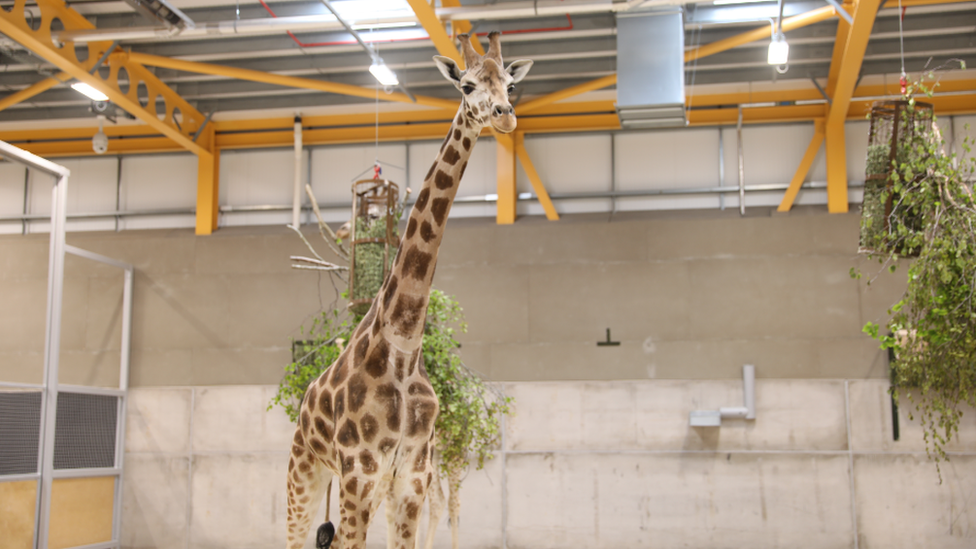
Julian Fennessy, co-director and co-founder of the charity said, "As this decline has happened largely unnoticed, it is now time that we draw more attention to this silent extinction.
"Zoos play an important role in sharing this message and the new giraffe herd at Edinburgh Zoo can play a vital role in raising awareness and funds for the plight of their wild cousins in Africa."
- Published18 November 2020
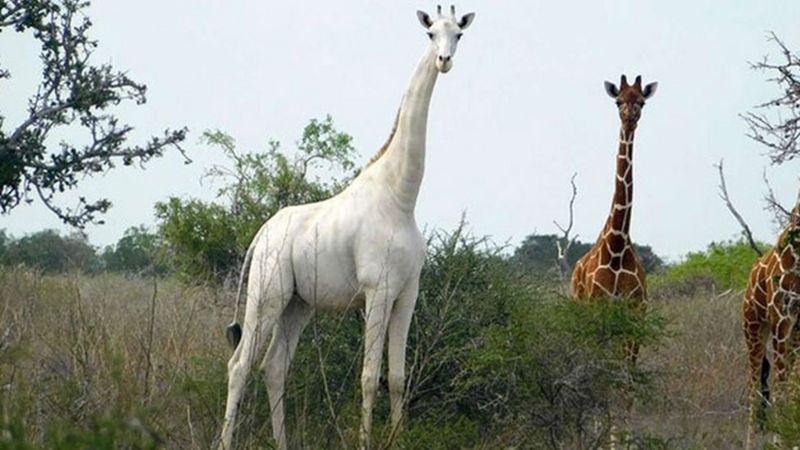
- Published10 September 2016
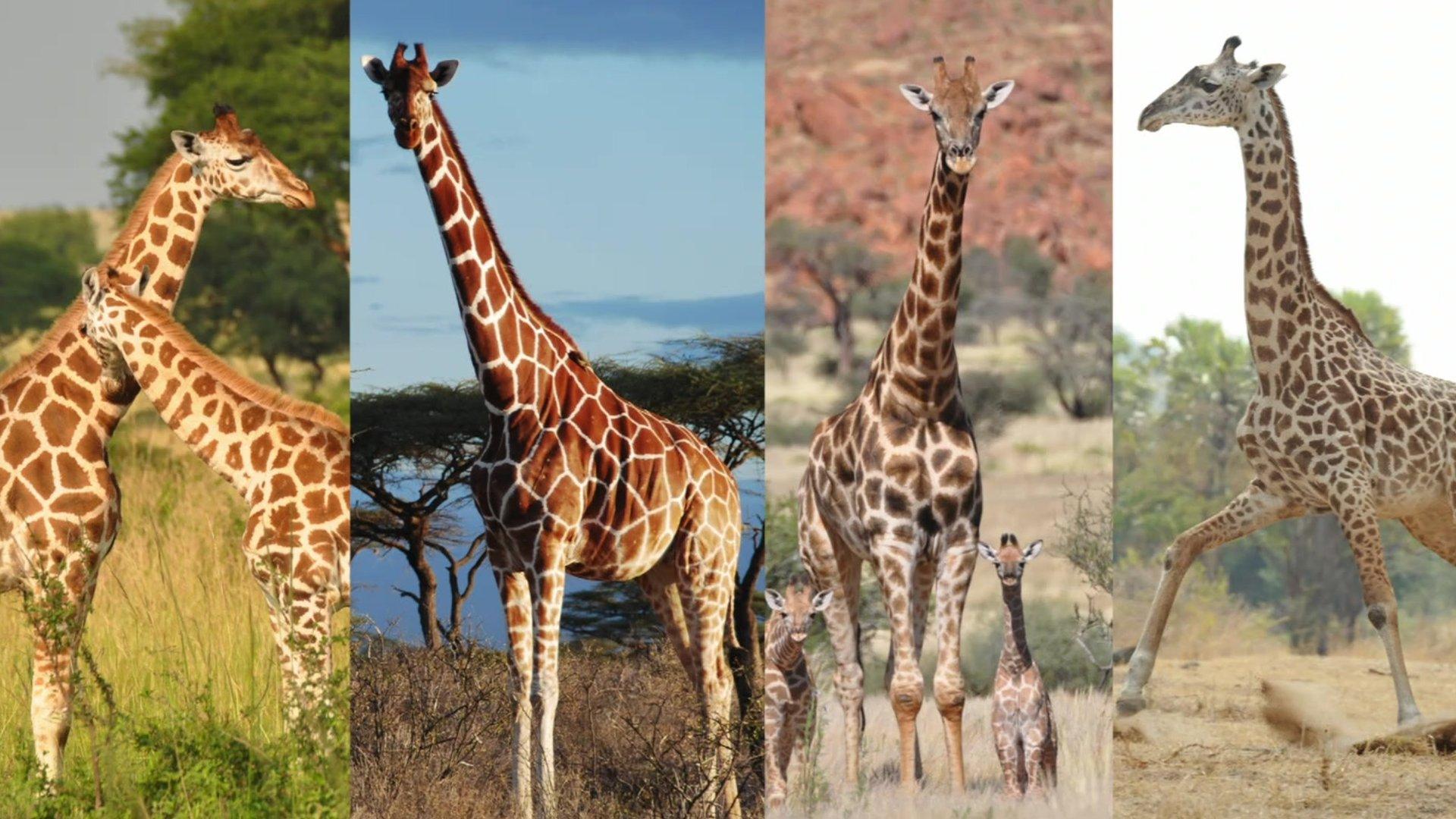
- Published21 June 2021
